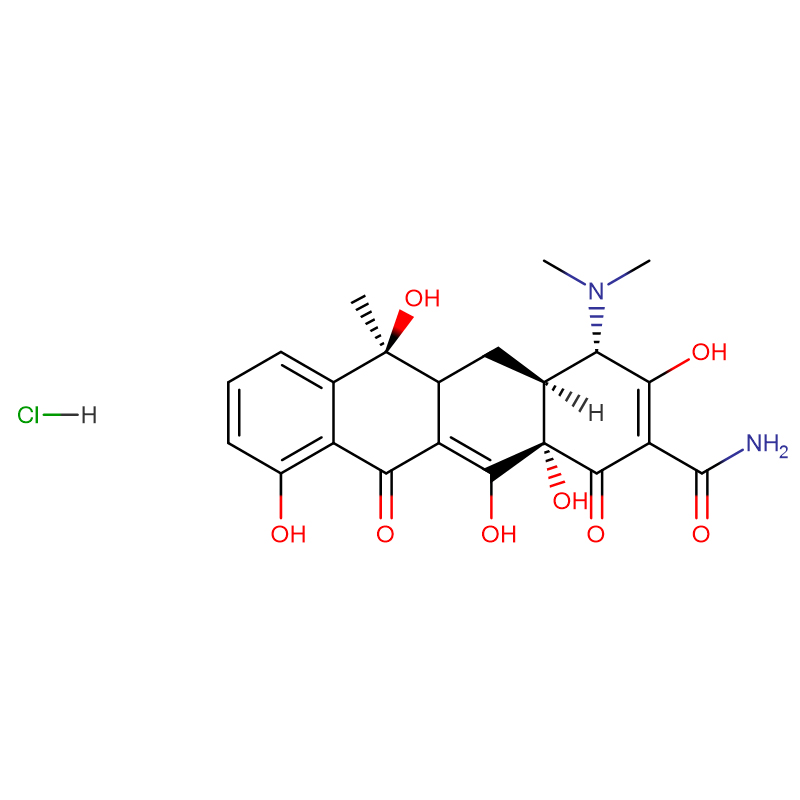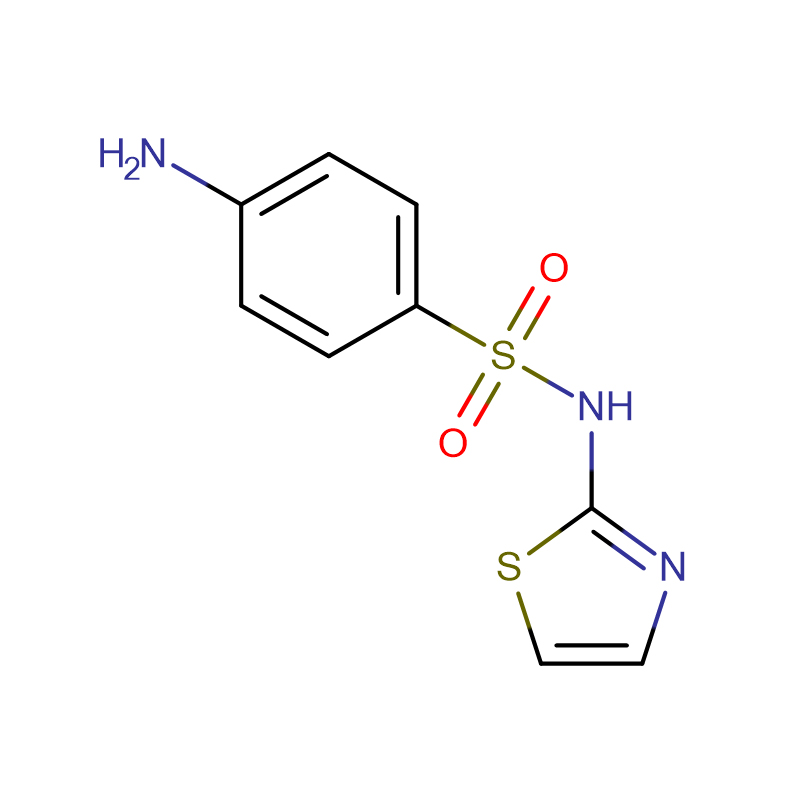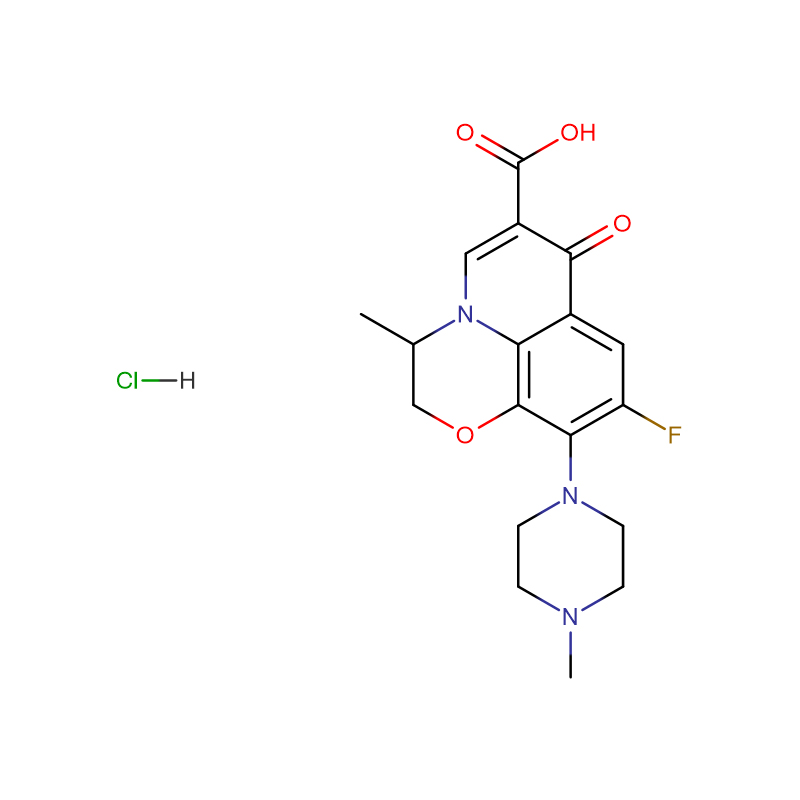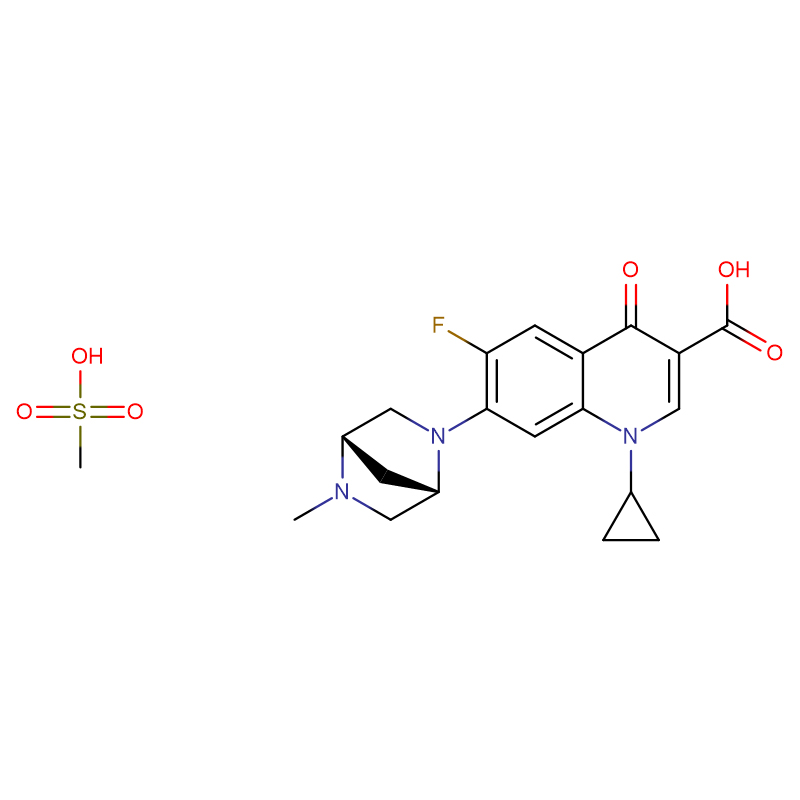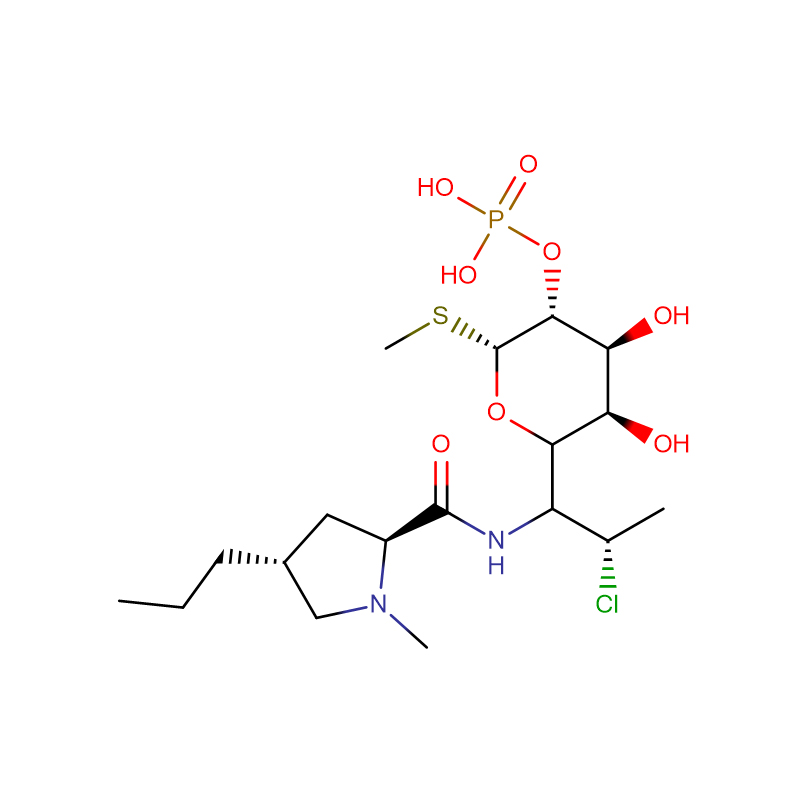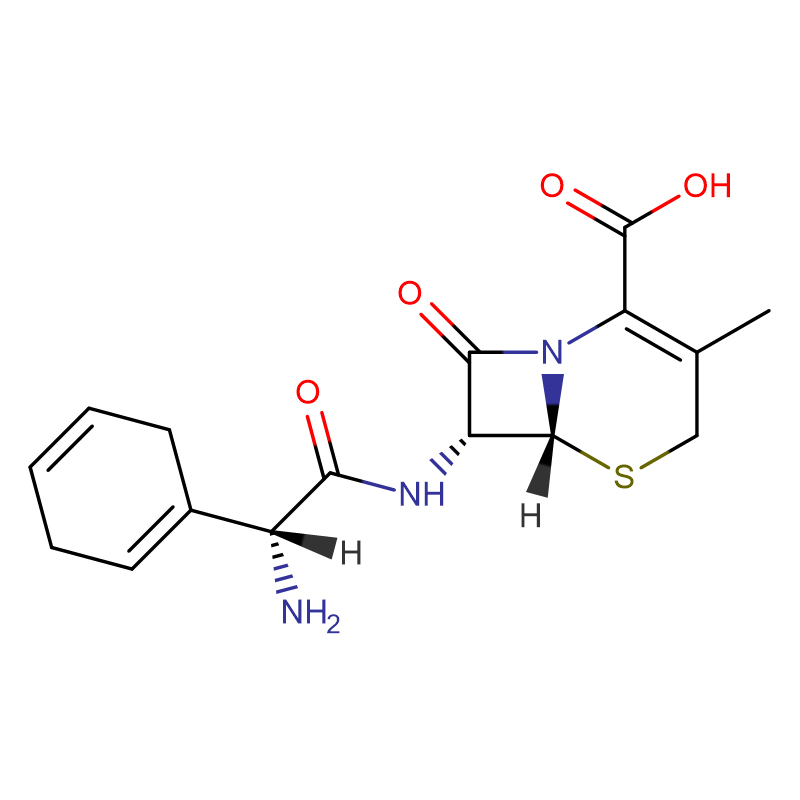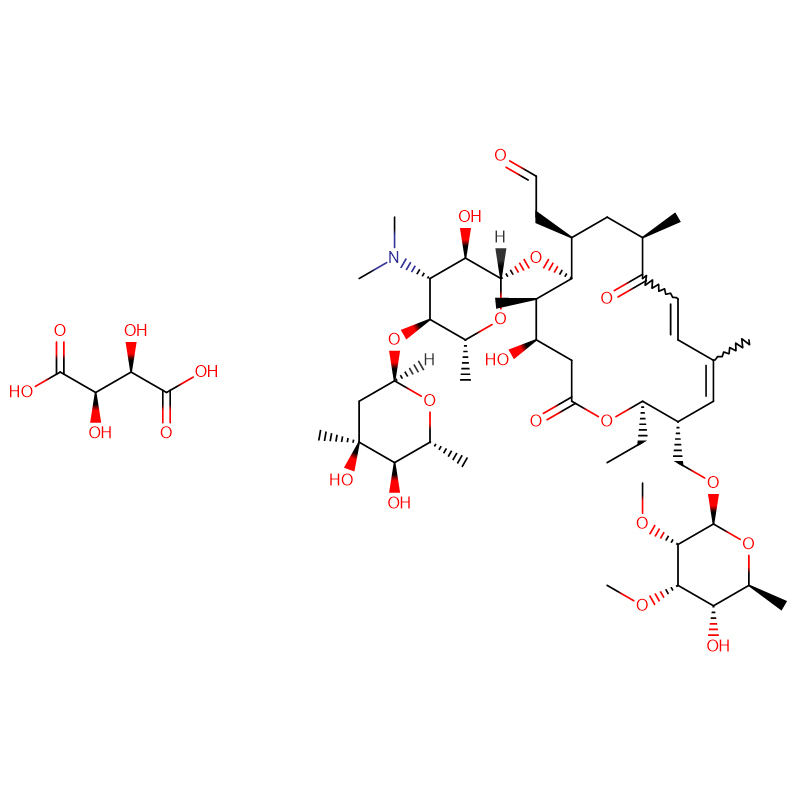Tetracycline hydrochloride CAS:64-75-5 99% Yellow crystalline powder
| Catalog Number | XD90366 |
| Product Name | Tetracycline hydrochloride |
| CAS | 64-75-5 |
| Molecular Formula | C22H24N2O8 · HCl |
| Molecular Weight | 480.90 |
| Storage Details | -15 to -20 °C |
| Harmonized Tariff Code | 29413000 |
Product Specification
| Conclusion | Complies with BP2013, EP7, USP38 |
| Heavy metals | <0.005% |
| Single Impurity | <0.1% |
| Identification | IR, UV, HPLC, TLC |
| pH | 1.8-2.8 |
| Loss on Drying | <2.0% |
| Residual solvent | n-Butanol <3000ppm |
| Assay | BP2013/EP7 99% |
| Sulphated Ash | <0.5% |
| Specific optical rotation | -240 to -255° |
| Potency | USP 38: >900ug/mg |
| Total Impurities | <5% |
| Appearance | Yellow crystalline powder |
| 4-epianhydrotetracycline | <2% |
| Microbial limits | Complies |
| 4-Epiteracycline | <3% |
| Anhydrotetracyoline | <0.5% |
| Chlortetracycline Hydrochloride | <0.5% |
| Residual Solvent | <100ppm |
Development of antimicrobial resistance has been assigned to excess and misuse of antimicrobial agents. Staphylococci are part of the normal flora but are also potential pathogens that have become essentially resistant to many known antibiotics. Resistances in coagulase negative staphylococci (CoNS) are suggested to evolve due to positive selective pressure following antibiotic treatment. This study investigated the presence of the nine most commonly used antimicrobial agents in human urine from outpatients in two hospitals in Ghana in relation to CoNS resistance. Urine and CoNS were sampled (n = 246 and n = 96 respectively) from patients in two hospitals in Ghana. CoNS were identified using Gram staining, coagulase test, and MALDI-TOF/MS, and the antimicrobial susceptibility to 12 commonly used antimicrobials was determined by disk diffusion. Moreover an analytical method was developed for the determination of the nine most commonly used antimicrobial agents in Ghana by using solid-ph ase extraction in combination with HPLC-MS/MS using electron spray ionization. The highest frequency of resistance to CoNS was observed for penicillin V (98%), trimethoprim (67%), and tetracycline (63%). S. haemolyticus was the most common isolate (75%), followed by S. epidermidis (13%) and S. hominis (6%). S. haemolyticus was also the species displaying the highest resistance prevalence (82%). 69% of the isolated CoNS were multiple drug resistant (≧ 4 antibiotics) and 45% of the CoNS were methicillin resistant. Antimicrobial agents were detected in 64% of the analysed urine samples (n = 121) where the most frequently detected antimicrobials were ciprofloxacin (30%), trimethoprim (27%), and metronidazole (17%). The major findings of this study was that the prevalence of detected antimicrobials in urine was more frequent than the use reported by the patients and the prevalence of resistant S. haemolyticus was more frequent than other resistant CoNS species when antimicrobial agents were detected in the urine.


